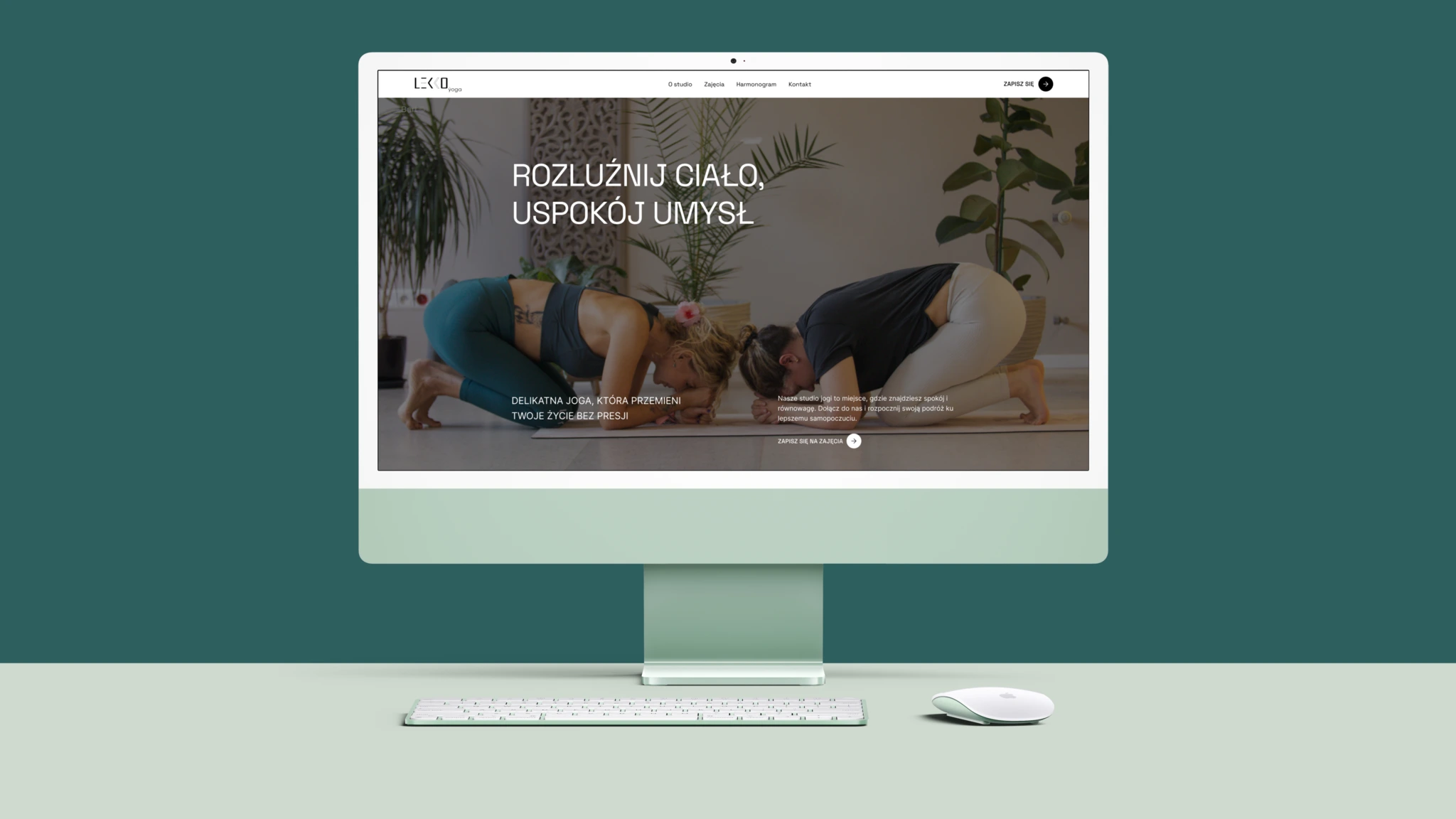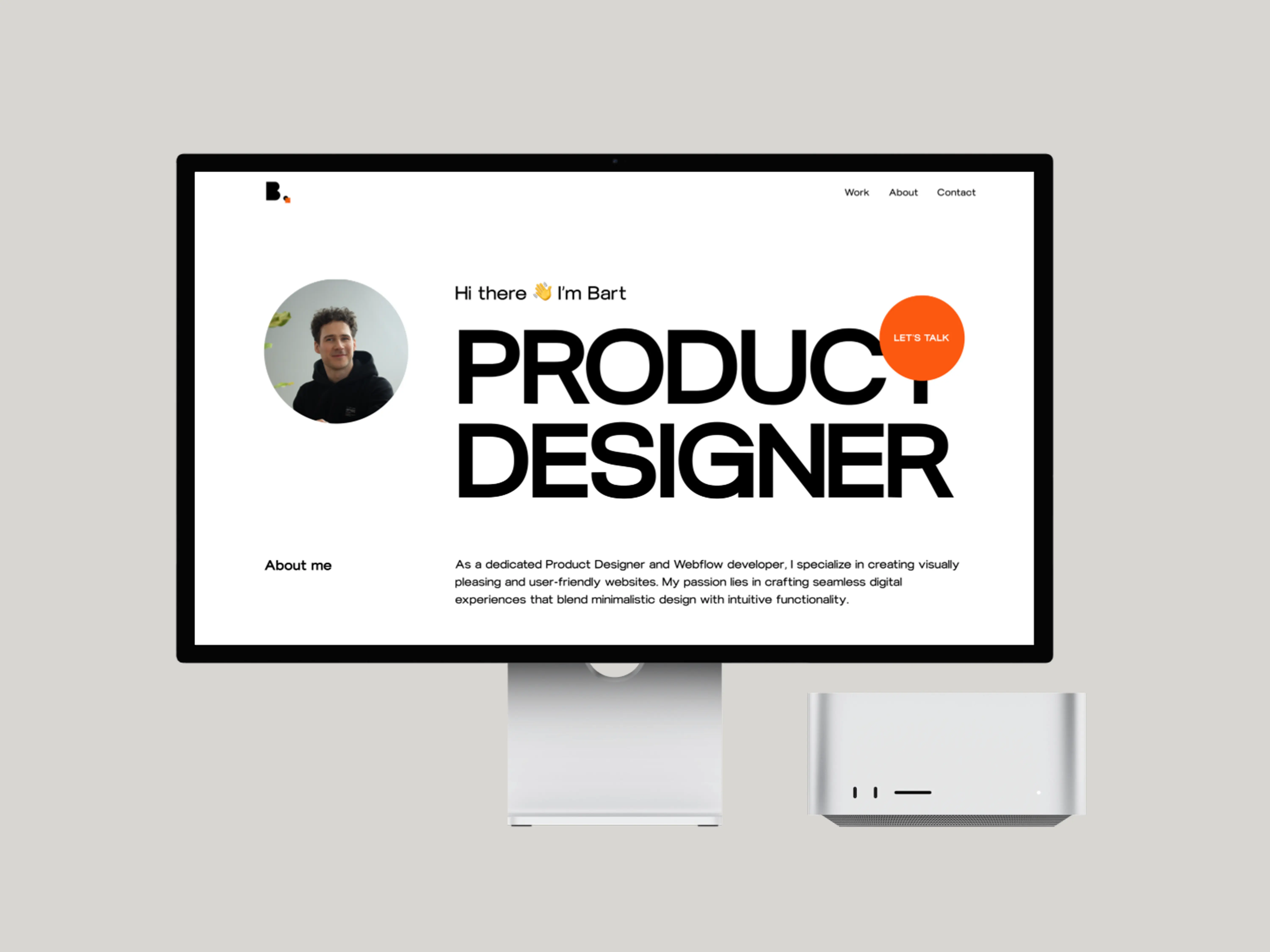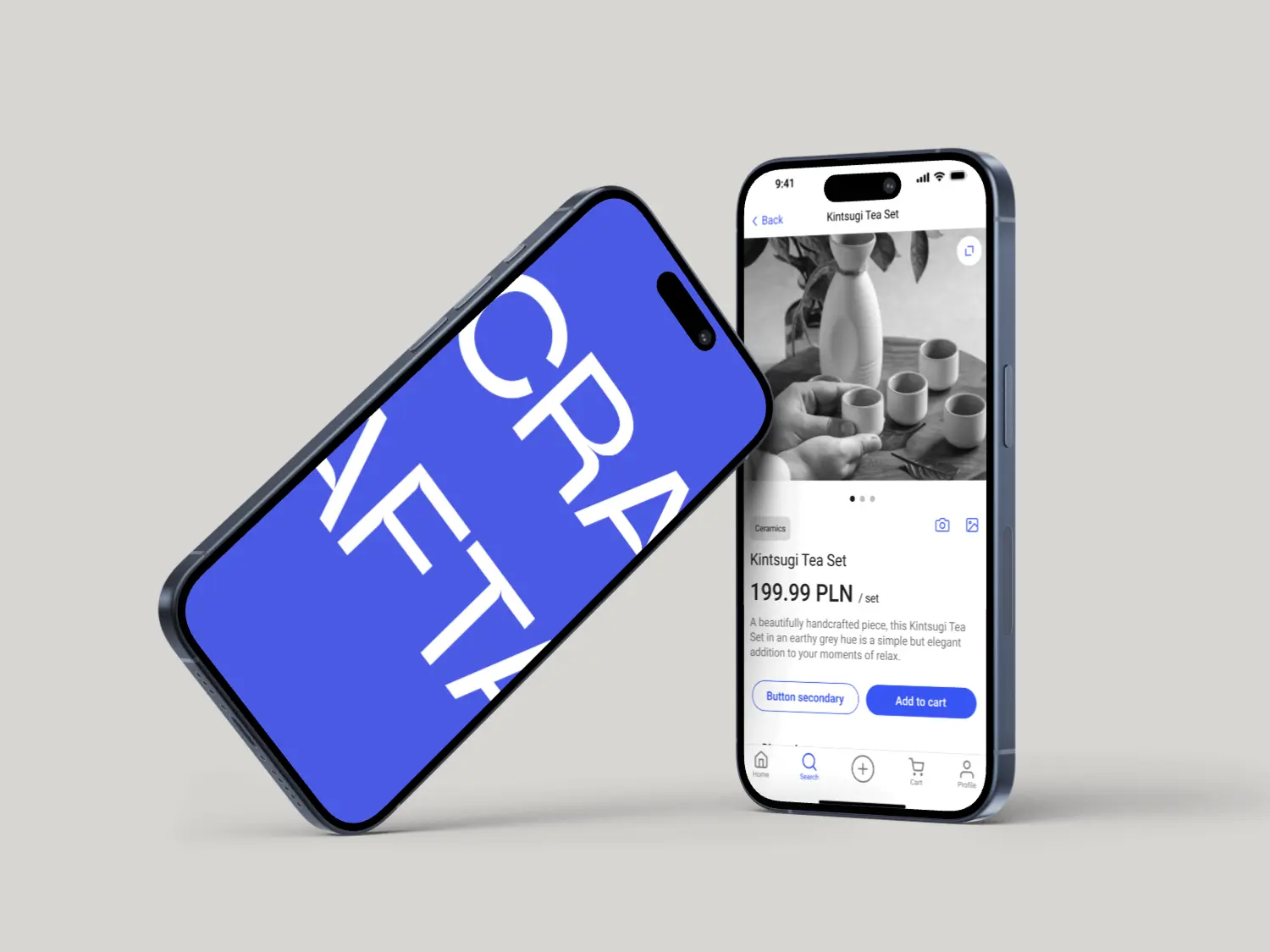FarmApp
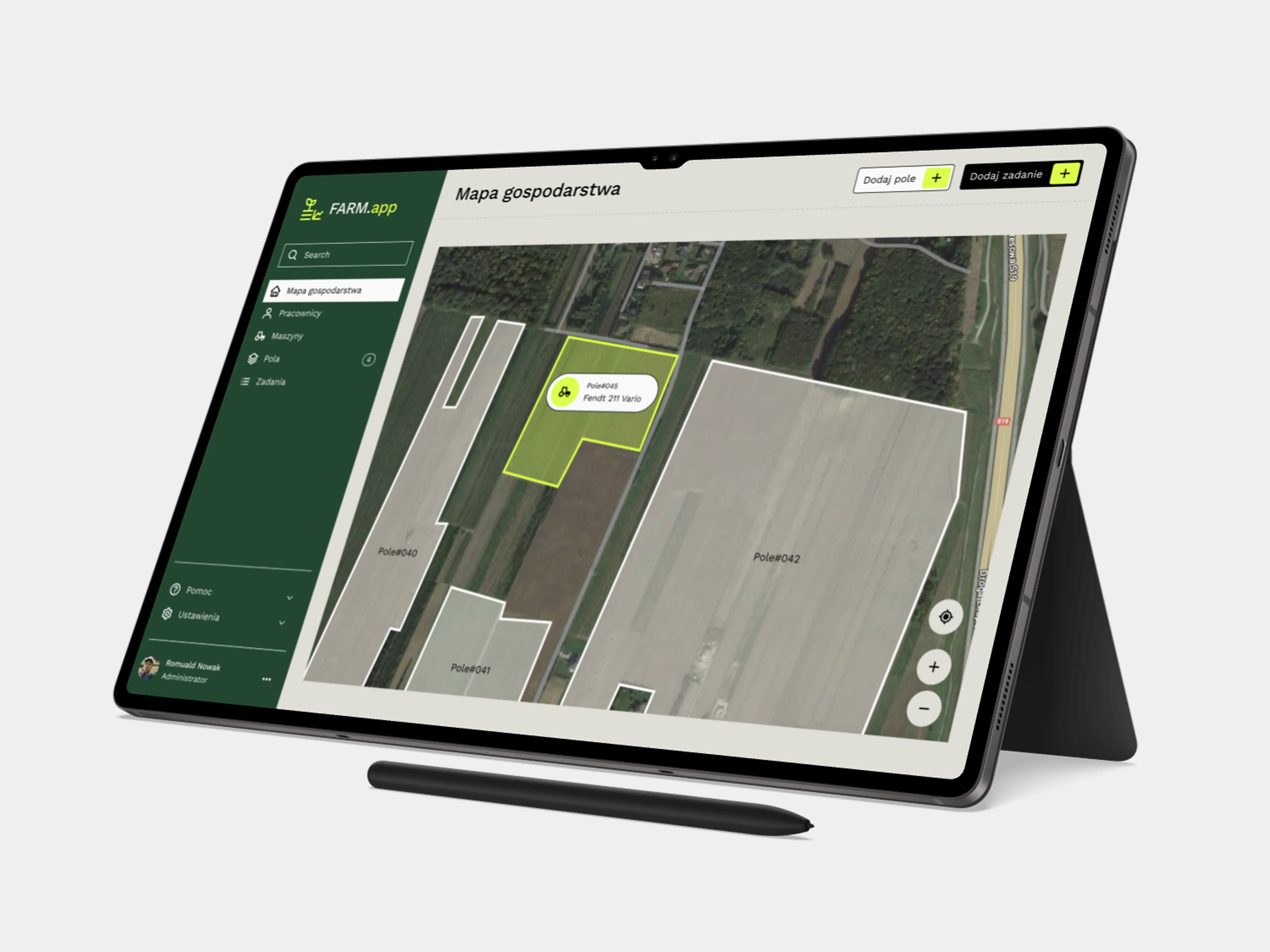
🎤 Introduction
FarmApp is an innovative application tailored for modern farming, addressing the critical need for efficient task and workforce management on large-scale farms. It provides real-time tracking, task assignment, and comprehensive field management, ensuring that tasks are performed in the right place and time, thus minimizing errors and enhancing productivity.
🧙🏼♂️ My role
As the product designer for FarmApp, I was responsible for the end-to-end design process, including user research, wireframing, prototyping, and basic user testing. My role also involved collaborating closely with the client, Romek, a large-scale farm owner, to deeply understand the challenges faced by farm operations.
🧩 Problem
Managing large-scale farm operations involves significant logistical challenges, such as ensuring that workers perform the right tasks at the right location and time. Errors in task execution, especially on shared or unclear field boundaries, often lead to financial losses and inefficiencies. Existing solutions lacked an integrated approach to address these issues comprehensively.

⛳️ Goal
To design a user-friendly application that enables farm administrators to:
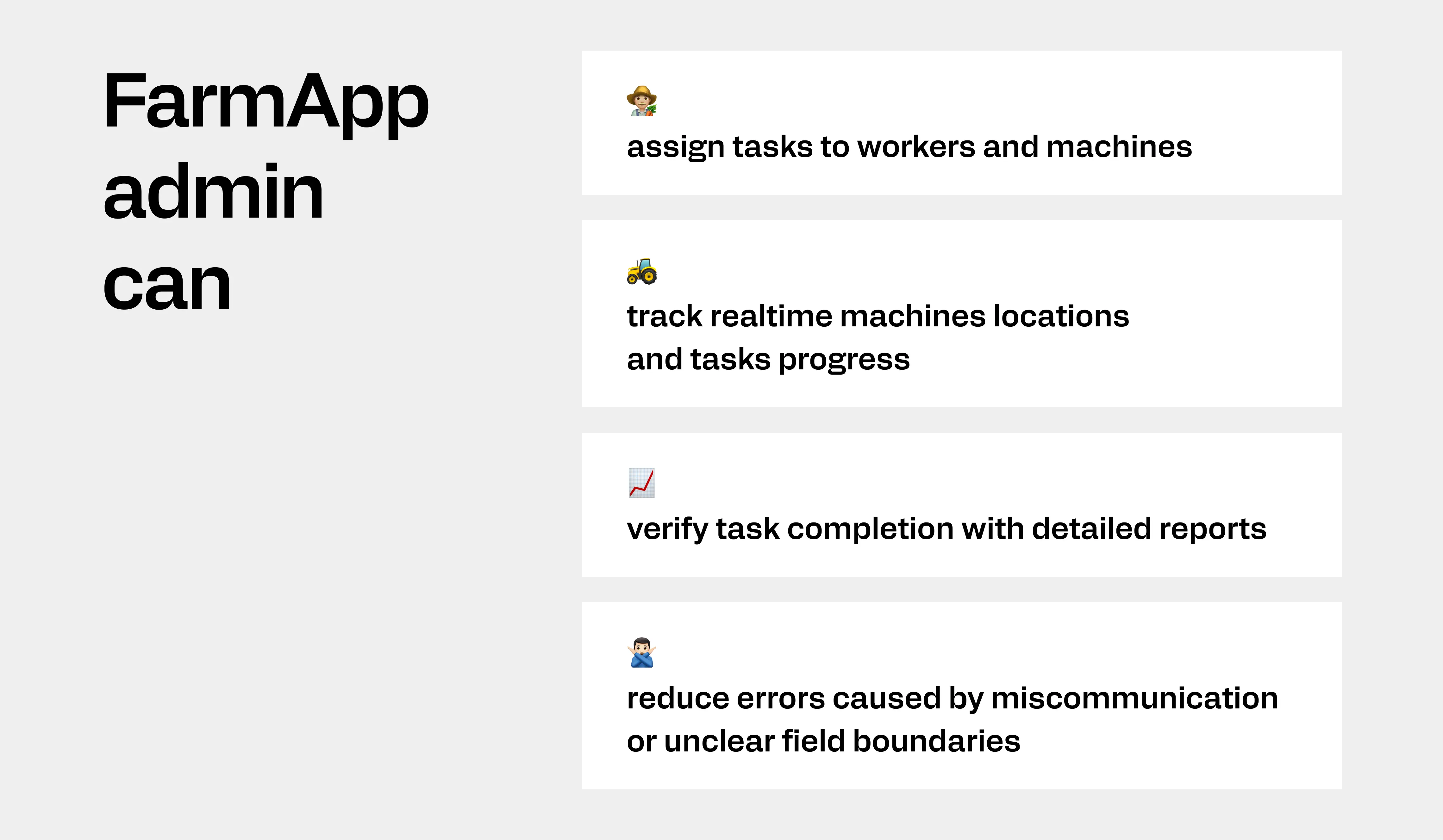
📐 Design process
Designing FarmApp required balancing the complexity of agricultural logistics with the simplicity needed for daily use in the field. I followed a human-centered, iterative process rooted in real-world observation and collaboration with main stakeholder - Romek. From research and concept modeling to prototyping and testing, every phase aimed to translate practical challenges into intuitive digital workflows. This section outlines the five key phases that shaped FarmApp—from understanding user needs to validating solutions in the field.
Research phase
Research began with interviews involving Romek and other large-scale farm owners. Key insights included:
- A strong demand for a system that combines real-time tracking with task management.
- Pain points around task mismanagement and errors due to ambiguous field boundaries.
- Interest in a solution that integrates seamlessly into existing farm operations, with potential for modular expansion.
Research objectives & methodology
Based on the initial conversations with Romek and other farm owners, I established clear research objectives:
- Identify pain points in existing farm management workflows
- Understand the communication challenges between administrators and field workers
- Map the current process of task assignment and verification
- Discover how field boundaries are currently tracked and communicated
To achieve these objectives, I employed a mixed-methods UX research approach. I conducted contextual interviews with farm owners and workers to understand their daily challenges, followed by field observations to witness firsthand the logistical issues during task execution.
Conclusions
The research phase revealed several critical insights that shaped our understanding of the problem:
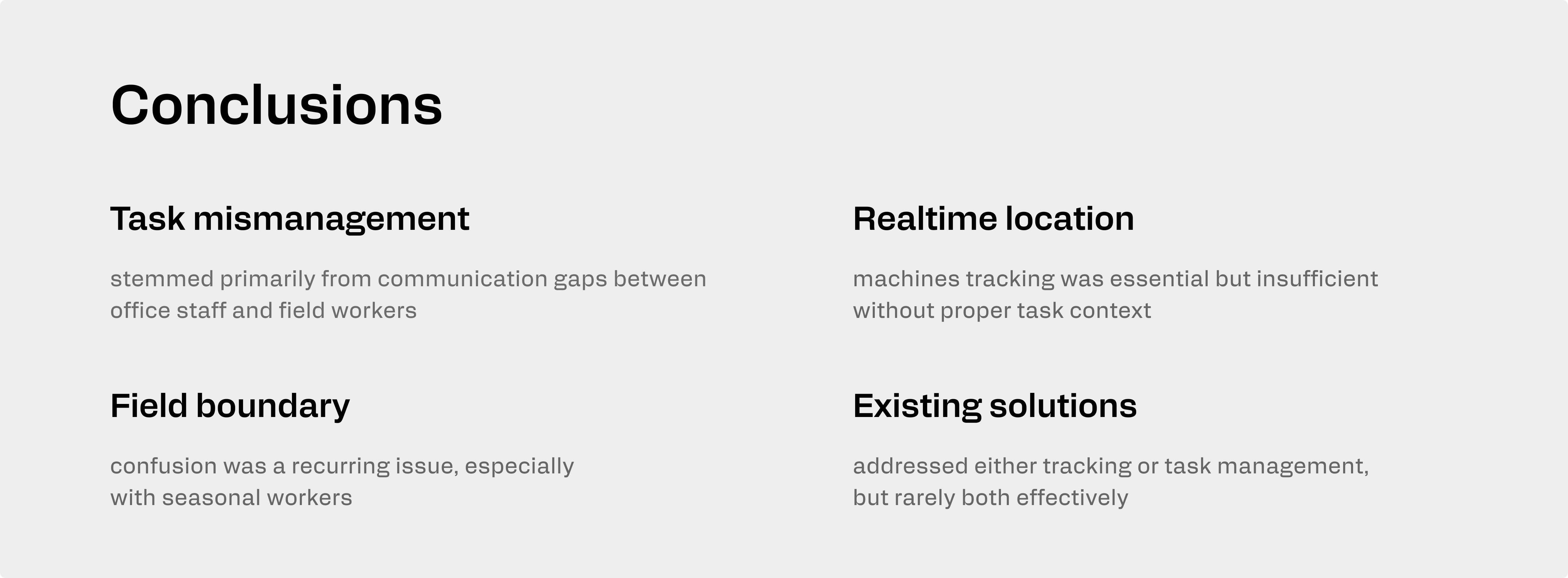
To validate these findings, I created a basic conceptual model of the application, focusing on the core user flows and information architecture. This low-fidelity concept helped align my understanding with Romek's vision and confirmed we were addressing the right problems. Through collaborative sketching sessions, we refined this concept to ensure it addressed the most pressing needs while remaining technically feasible for implementation.
Define concept
From the research, I’ve identified three core user types (personas) that would interact with FarmApp, each with distinct needs and responsibilities.
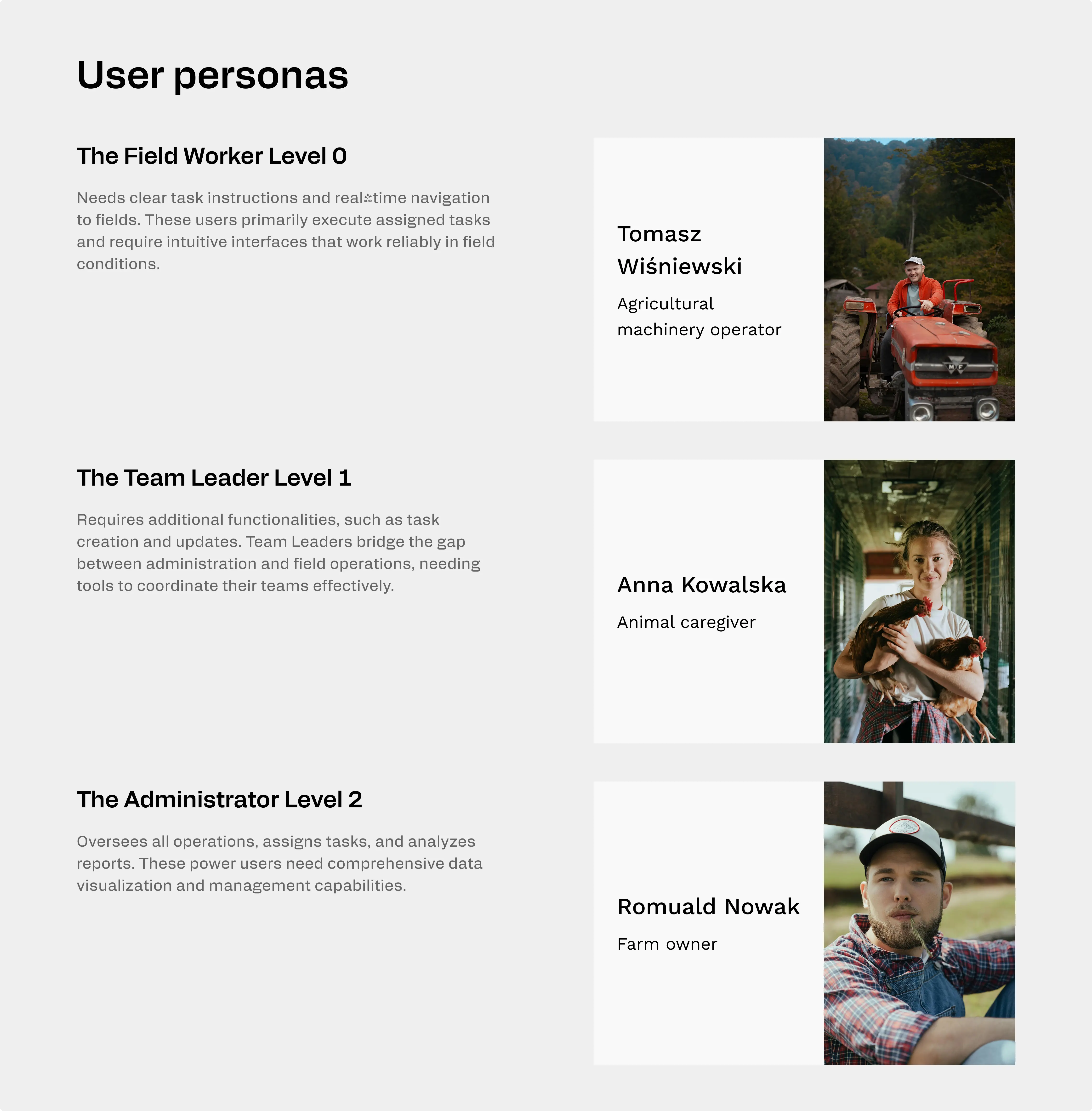
Primary user needs were distilled into actionable features:
- Real-time navigation to designated fields.
- Task status updates and reporting.
- Modular design for scalability.
Value proposition canvas
The core value proposition of FarmApp centers on integration and clarity: "Seamlessly connect your workforce, fields, and machinery in one unified system." By addressing the critical pain points identified in our research, FarmApp promises to reduce costly errors, improve operational efficiency, and provide unprecedented visibility into farm operations. The application transforms complex logistical challenges into manageable workflows, ensuring that the right tasks are performed at the right time, in the right location, by the right people.
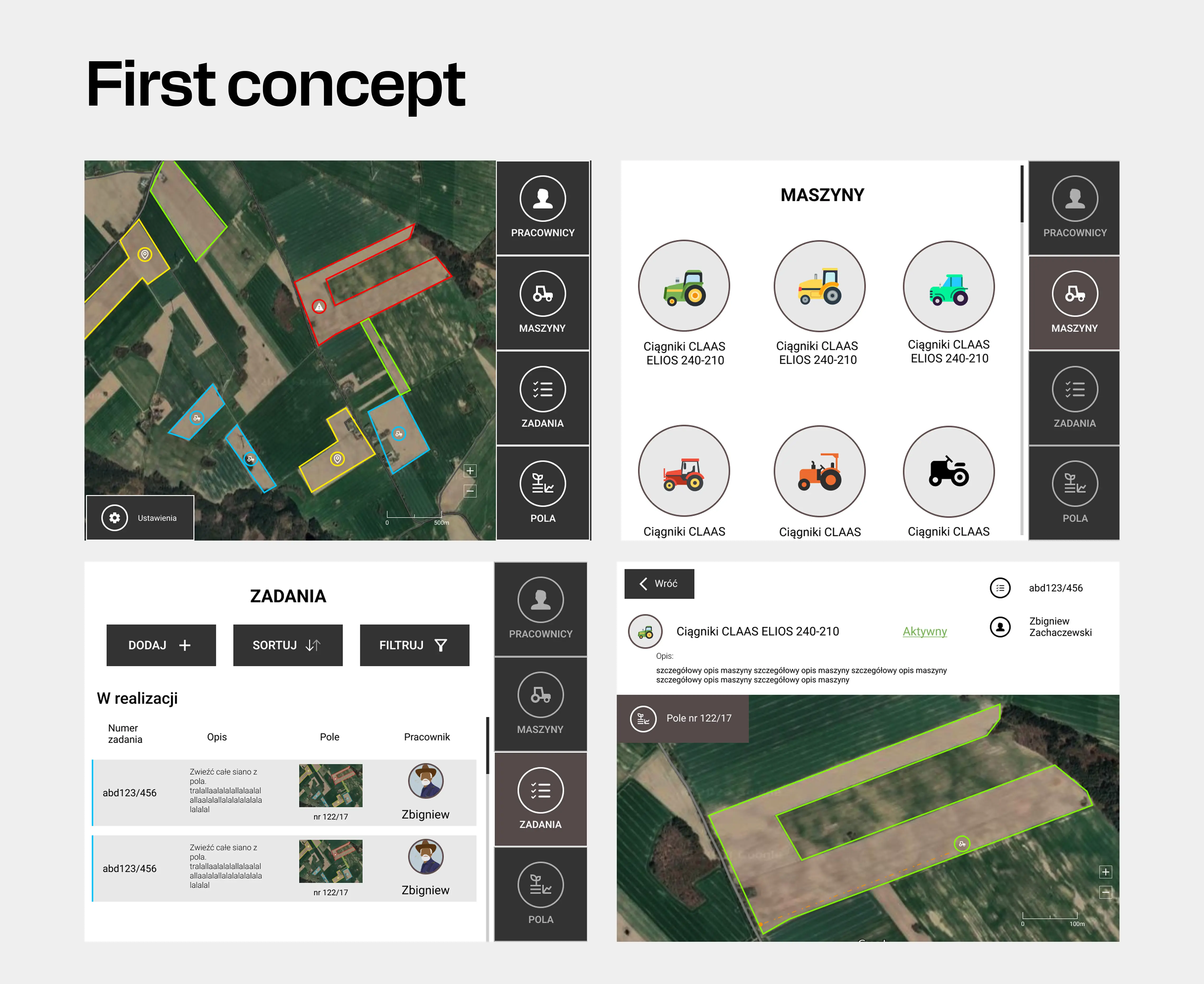
Inspirations and competitors analysis
Our market analysis revealed a significant gap in agricultural management solutions. While several specialized tools exist—such as Claas GPS Pilot providing tracking functionality in newer tractors, or generic task management applications adapted for farm use—none offered the comprehensive integration that FarmApp aims to deliver. Existing solutions typically excel in either location tracking OR task management, but not both.
Model solid solution
To address the fragmentation in farm management tools, I architected FarmApp as an integrated yet modular solution that seamlessly connects all aspects of farm operations. The application's foundation consists of five interconnected modules, each addressing a critical component of farm management:
👨🏼🌾 Employee Module serves as the permission system backbone, enabling management of team structures and access levels. This ensures workers interact only with necessary features while protecting sensitive farm data.
☑️ Task Module converts plans into actionable assignments. Administrators create and assign tasks while monitoring progress. Workers receive clear instructions and can update status in real-time, maintaining an efficient feedback loop.
🚜 Machine Module digitizes farm equipment management through a comprehensive registry. The system matches machines to tasks based on location and suitability, optimizing resource allocation across the farm.
🌾 Field Module solves boundary confusion with precise digital field mapping. Workers see exact perimeters while the system records traversal paths, providing valuable data for future field management improvements.
📍 Tracking Module enables real-time location monitoring of machines and validates their alignment with assigned tasks. This prevents errors and allows immediate intervention when operations deviate from plans.
This thoughtfully structured system creates a cohesive farm management experience while maintaining the flexibility to evolve with changing agricultural needs. The modular design allows for both comprehensive use and selective implementation, meeting immediate priorities while setting the foundation for expanded functionality as operations grow.
Prototype in Figma
Building on the solid foundation of our modular architecture, I developed a working prototype that brings FarmApp to life. The prototype emerged from our initial concept sketches, which helped establish the basic views and information structure. The design language was carefully crafted to reflect the essence of farming itself—natural, growth-oriented, and connected to the land.
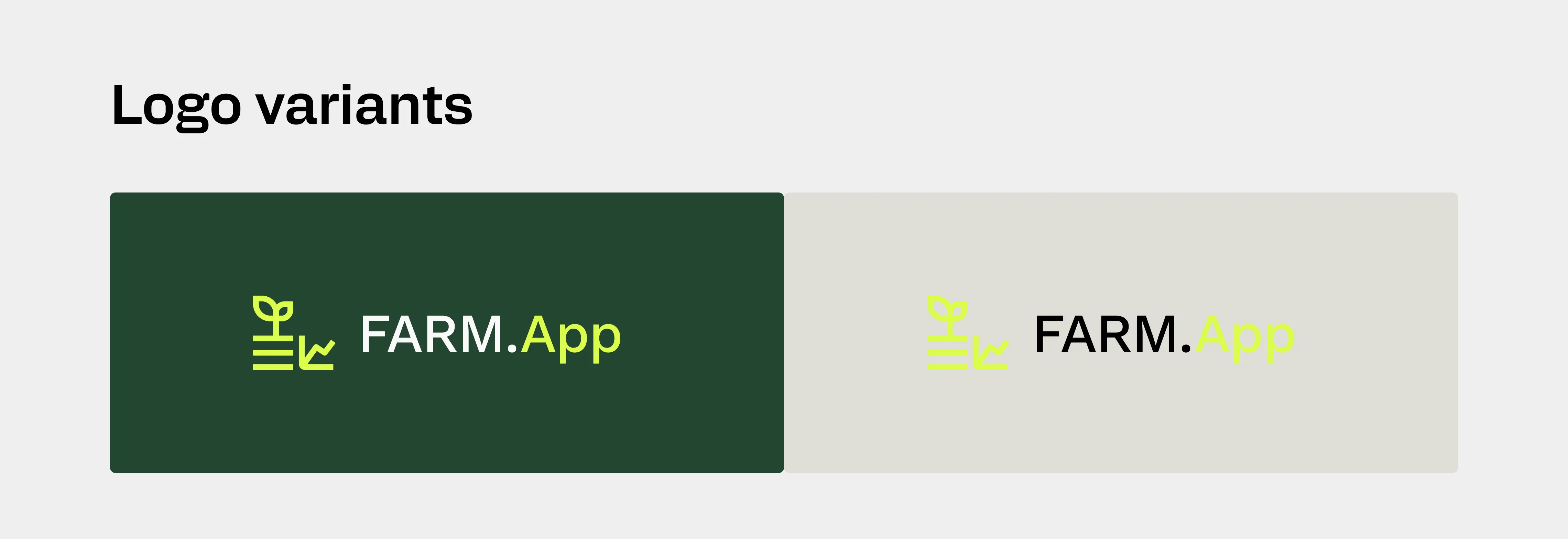
Understanding that many of our users have limited experience with digital products, I prioritized an intuitive interface that feels welcoming and approachable. The color palette was deliberately chosen to reflect the agricultural context while ensuring excellent readability and clear visual hierarchy:
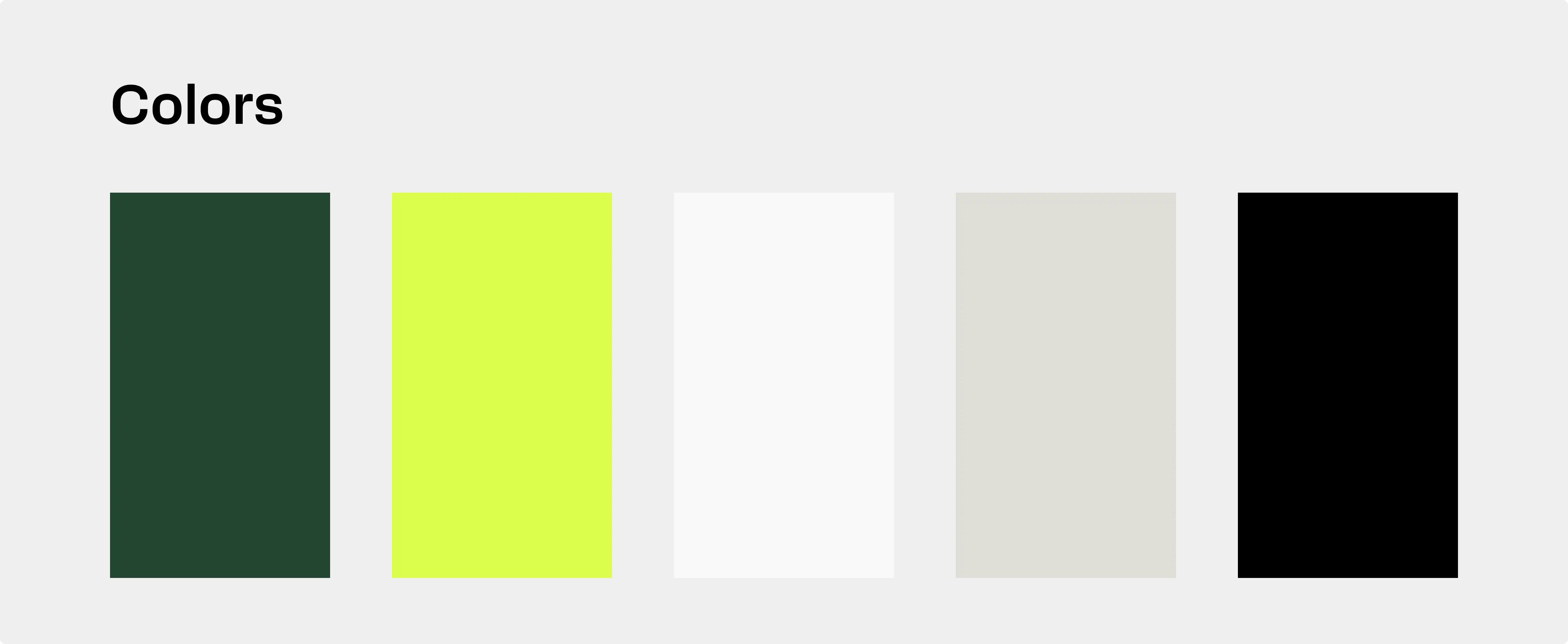
Earthy background tones that evoke natural environments. Standard black text for maximum legibility. Crisp inverse text for contrast when needed. A vibrant accent color reminiscent of fresh growth to highlight key actions and elements.
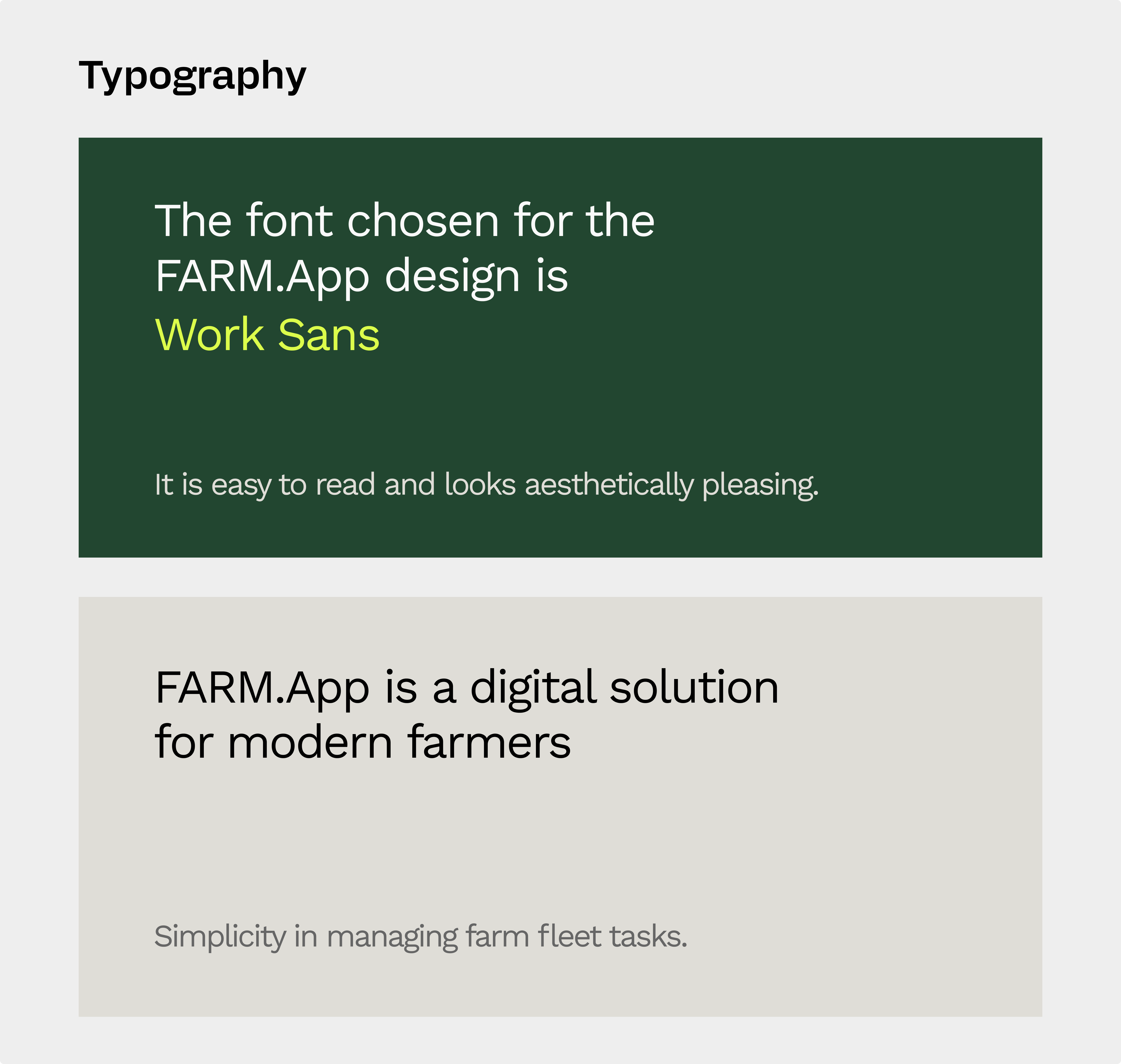
Typography played an equally important role in the design solution. Work Sans Regular was selected for its excellent readability and modern yet approachable character, making complex farm data accessible even on smaller screens in bright outdoor conditions.
User testing
The testing phase presented a unique challenge—accessing a large sample of farmers with availability for usability testing proved difficult. To overcome this constraint while still collecting valuable usability data, I adapted my testing strategy to focus on elderly participants with limited digital product experience, whose technical comfort level closely mirrors that of many farm workers.
This approach yielded encouraging results. Out of 12 testers, 8 successfully completed basic tasks in the prototype without any assistance or confusion. They were able to navigate the interface, understand the task assignment flow, and interact with the field mapping features intuitively—validating our design decisions around simplicity and clarity.
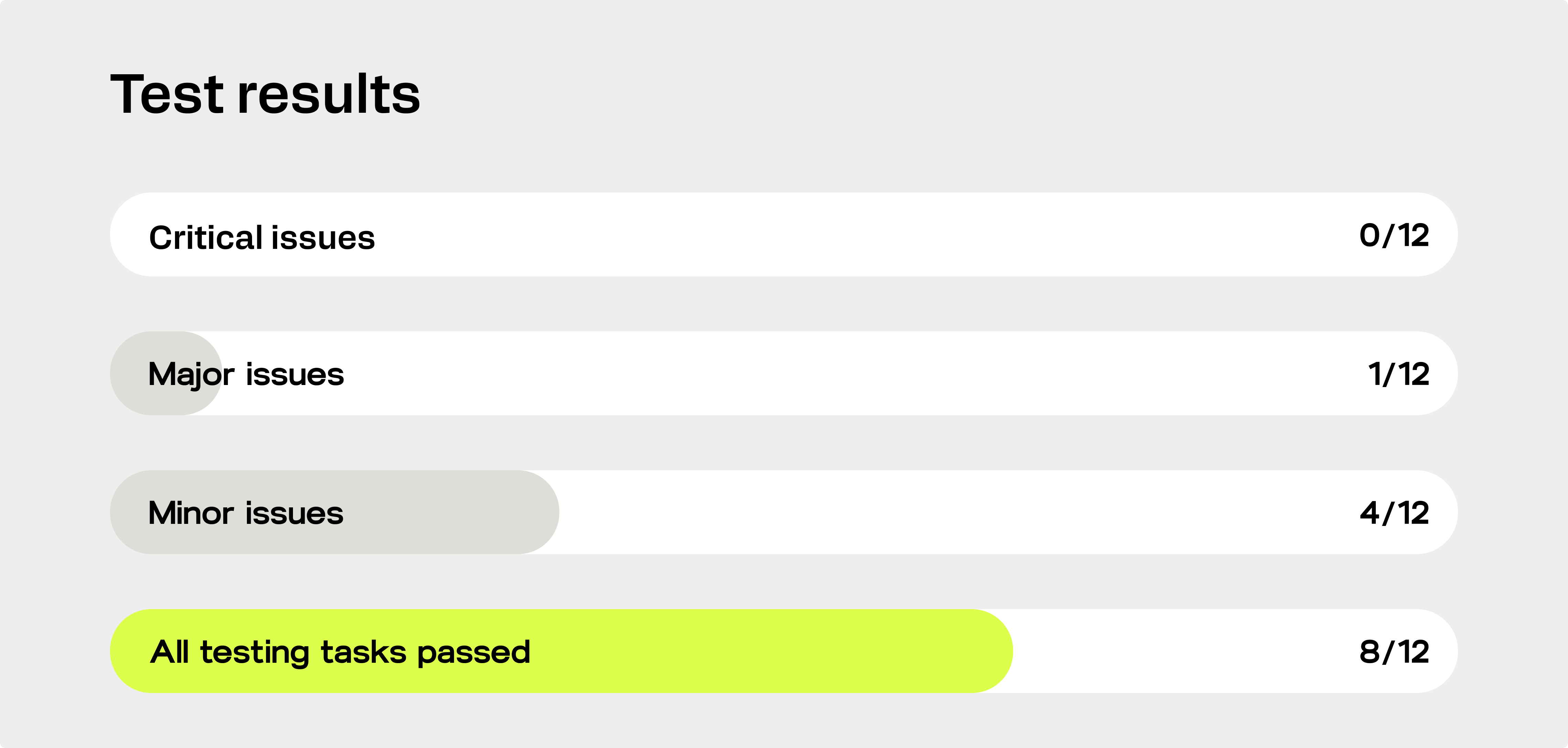
The remaining 4 testers encountered only minor usability issues, primarily related to clickable element recognition. Some non-button interactive elements weren't immediately identifiable as clickable, revealing an opportunity to enhance our visual affordances. This feedback proved invaluable, highlighting the need for clearer interactive cues while confirming that the overall information architecture and workflow design were sound.
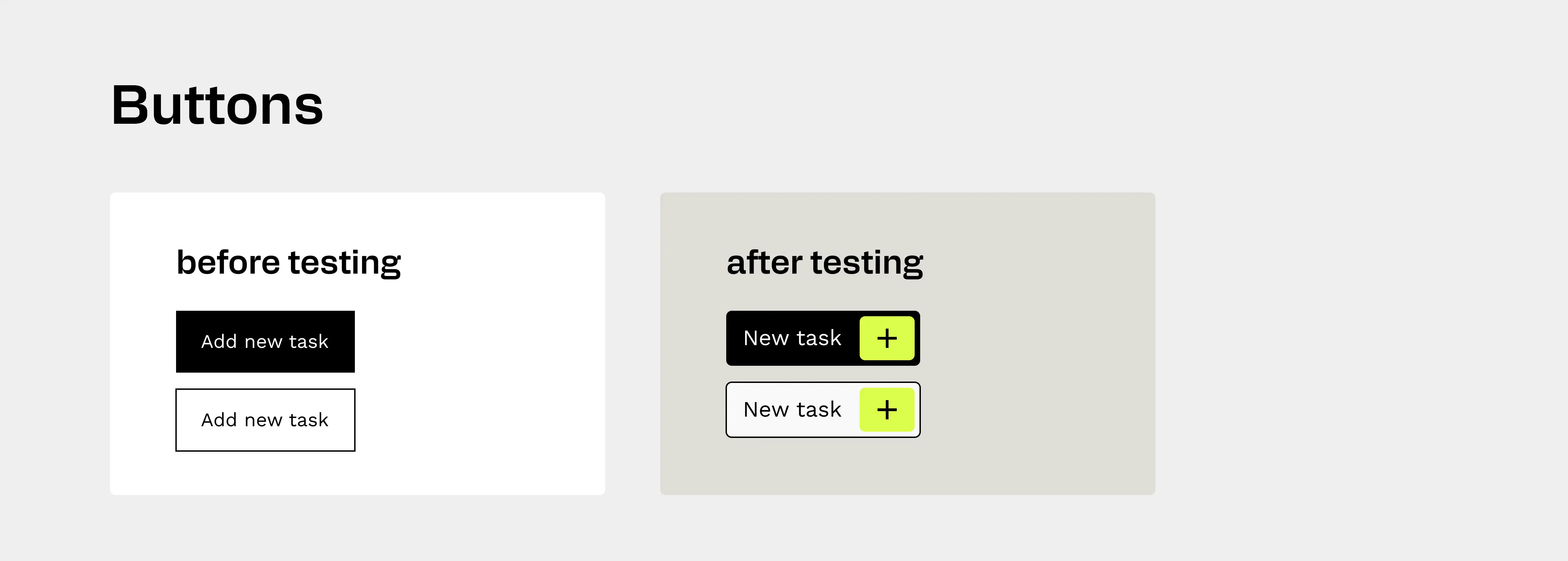
These testing insights directly informed refinements to the interface, particularly improvements to the visual language of interactive elements. By addressing these small but significant usability barriers, we could ensure that FarmApp would be accessible to all users, regardless of their technical proficiency. The positive overall testing outcome reinforced our confidence that the application struck the right balance between powerful functionality and approachable design.
🌈 Impact
Though FarmApp didn't advance beyond prototype due to Romek's budget constraints, the need remains significant. Our research validated that farms with 10+ tractors face exactly the logistical challenges our solution addresses.
The positive reception during testing confirmed we'd created an intuitive interface that genuinely solves real problems in modern farming operations. The comprehensive yet modular design approach remains relevant—ready to be implemented when the right opportunity and resources align.
While this specific project didn't reach the fields, the groundwork and validated concept provide valuable insights for future agricultural management solutions.
♟️ Final steps
I see tremendous potential in FarmApp despite its current pause in development. Two viable paths forward stand out to me:
First, I could bootstrap development using no-code tools like Bubble to create an MVP and offer it to farm owners on a subscription basis. This would validate the market quickly while generating immediate feedback and revenue.
Alternatively, I could leverage our existing research and prototype to seek investors, creating a proper startup with resources to build a more robust solution and scale faster.
Both approaches have merit—the choice ultimately depends on balancing speed-to-market against comprehensive functionality. What remains clear is that FarmApp addresses a genuine need that deserves to reach the farmers who would benefit from it.

